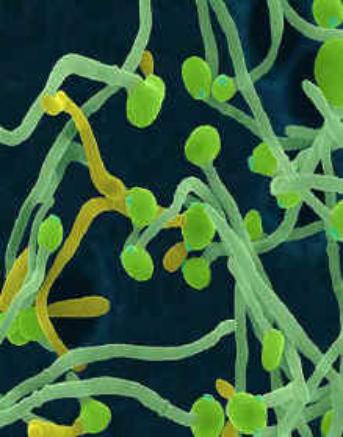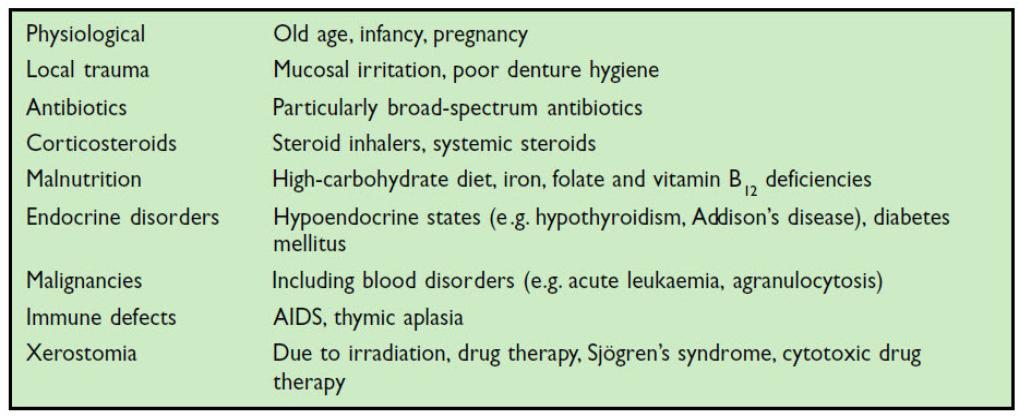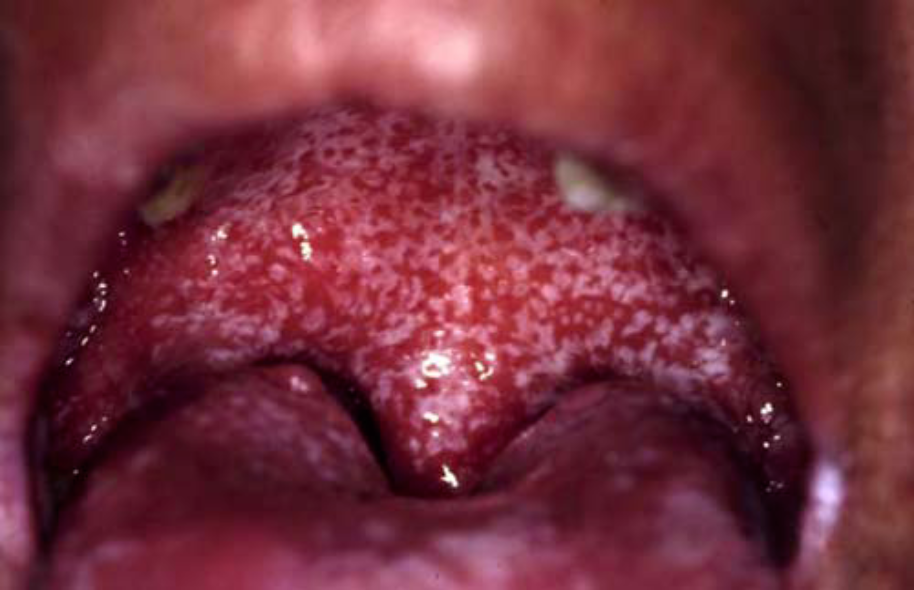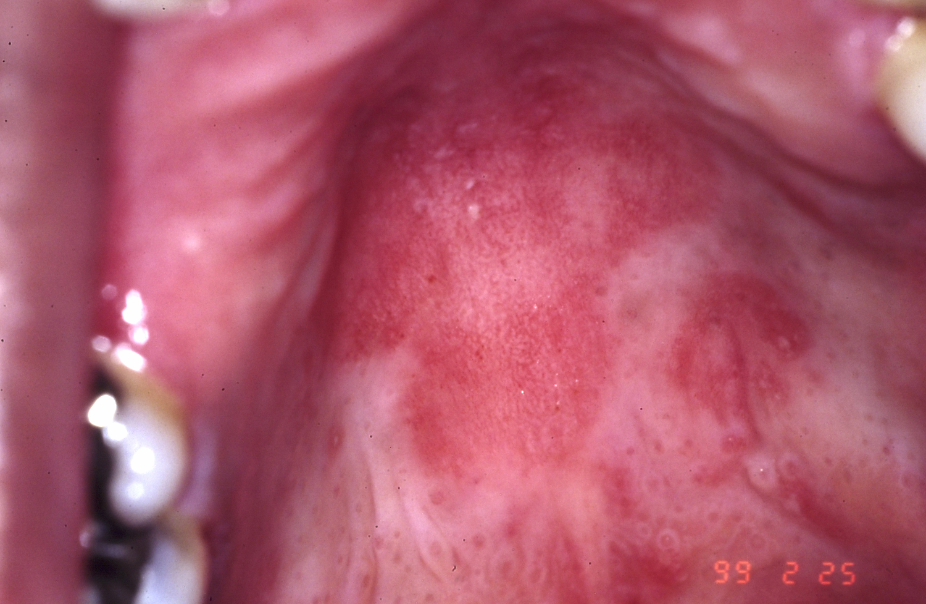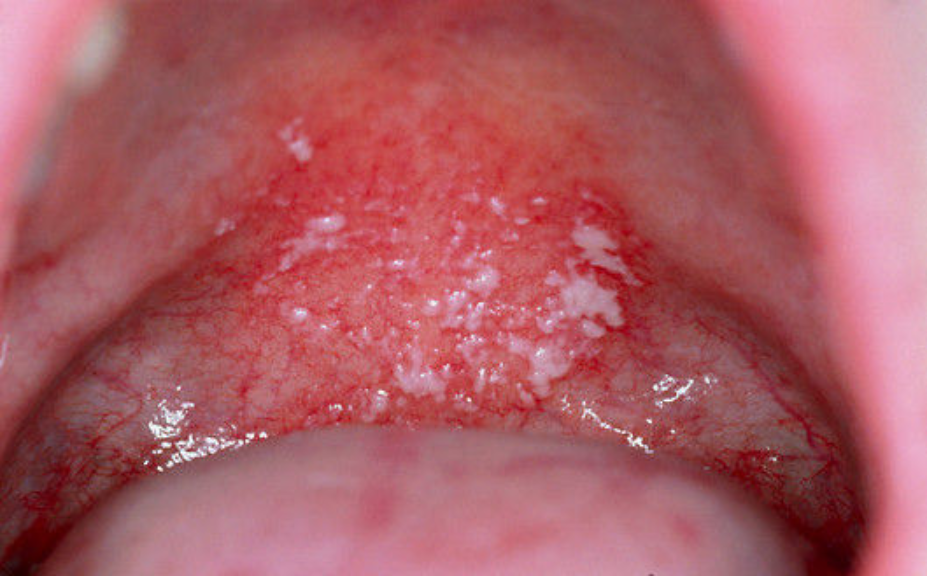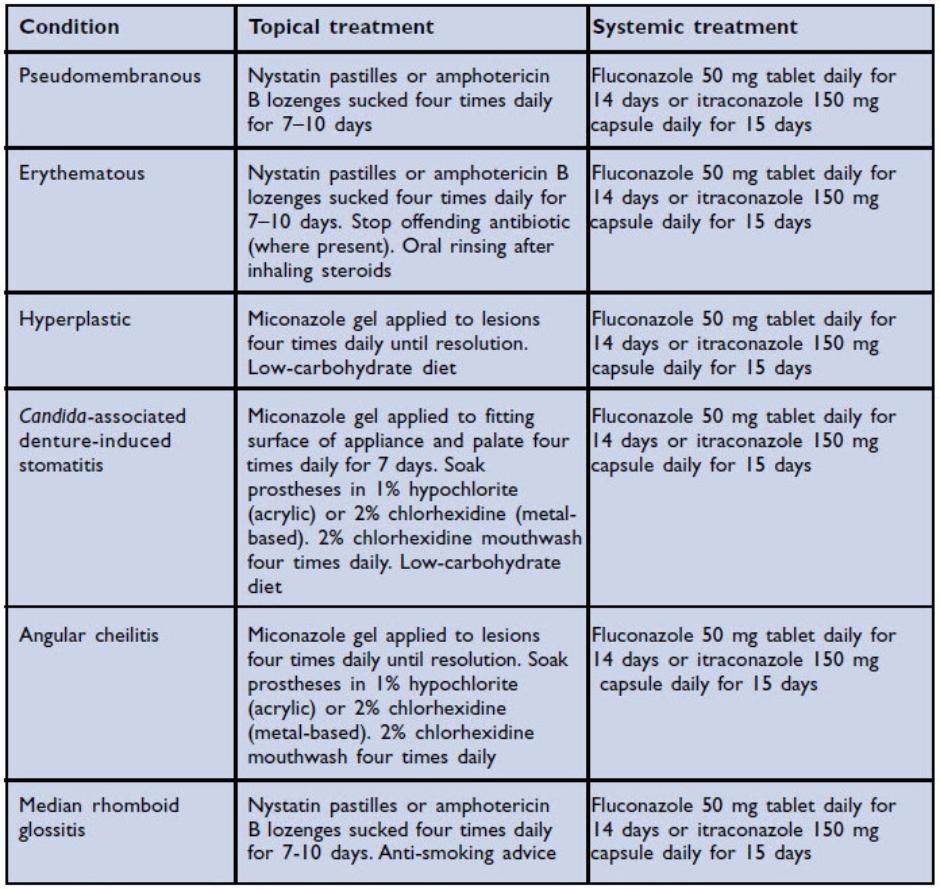Oral Candidiasis
Oral Candidiasis / Candidosis is the most common oral fungal infection in man especially in early and later life. In the general population, carriage rates have been reported to range from 20% – 75% without any symptoms. It is usually caused by C.albicans.
Candida is a yeast, which is an obligate organism in humans and a normal constituent of the digestive and vaginal tracts. It generally causes no problems in healthy people.
Candida species are opportunistic pathogens, which may cause disease mostly when there are changes in oral ecology or when the host defenses have been compromised, hence the epithet “candidosis is the disease of the diseased”.
Overgrowth of Candida, however, can lead to local discomfort, altered taste sensation, dysphagia (pain on swallowing) from œsophageal overgrowth resulting in poor nutrition, slow recovery & prolonged hospital stay. In immuno-compromised patients, infection can spread through the bloodstream or upper gastro-intestinal tract leading to severe infection with significant morbidity and mortality.
Systemic candidiasis carries a mortality rate of 71 – 79%.
There are a number of different types of oro-pharyngeal candidiasis including acute pseudomembranous, acute
Oral Candidiasis Clinical Spectrum
The oral lesions of Candidiasis have a different appearance and occur in several clinical forms. A patient can have several different presentations of Oral Candida at the same time. For example, denture stomatitis at the same time as angular cheilitis.
Traditionally, these have been based on clinical, mycological, histological, serological & therapeutic criteria.
This classification divides Oral Candidiasis into acute and chronic types with further sub-dvisions.
Acute:
Acute Pseudomembranous Oral Candidiasis (Thrush)
Acute Atrophic Oral Candidiasis (Erythematous)
Chronic:
Chronic Hyperplastic Oral Candidiasis (Candidal Leukoplakia)
Chronic Atrophic Oral Candidiasis (Denture Sore Mouth & Angular Cheilitis)
Chronic Hyperplastic Candidiasis was further subdivided into 4 groups based on localisation pattern & endocrine (hormonal) involvement as follows:
1. Chronic Oral Candidosis (Candidal Leukoplakia)
2. Candidiasis Endocrinopathy Syndrome
3. Chronic Localized Mucocutaneous Candidiasis
4. Chronic Diffuse Candidosis
A newer classification categorises Candidiasis into:
What is Acute Pseudo-Membranous Oral Candidiasis (Thrush)?
Thrush or acute pseudo-membranous candidosis occurs in 5 per cent of newborn infants and in 10 per cent of elderly debilitated individuals and is one of the earliest and sometimes the initial manifestations of AIDS.
What are the signs & symptoms?
Clinically, appears as creamy white or yellowish plaques that are fairly adherent to oral mucosa. The lesions vary from small discrete areas to confluent white patches covering a wide area and the coating is easily rubbed off to leave a red and slightly bleeding surface.
How is it Diagnosed?
The diagnosis of Thrush is usually clinical & straightforward. Candida can be confirmed with by the clinical appearance and by culture of Candida from the saliva (using a swab or oral rinse).
What are the causes of Acute Pseudo-Membranous Oral Candidiasis (Thrush)?
Predisposing factors for Thrush include changes in local / systemic oral immunity. Thrush is commonly associated with antibiotic or steroid use or xerostomia (dry mouth). If these local factors can not be identified, systemic factors must be suspected.
Thrush is, importantly, “a disease of the diseased”, seen mainly in immuno-compromised patients. This decreased immunity can stem from immuno-suppressive drugs, HIV infection, leukæmia or other malignancies.
How is it treated?
Possible predisposing factors should be looked for and if possible, dealt with.
Antifungal medications (both topical & systemic) can be given.
Acute Atrophic Oral Candidiasis / Erythematous Candidiasis (Antibiotic / Steroid-Induced Stomatitis)
What are the signs & symptoms?
Clinically, there is widespread erythema (redness) and soreness of the oral mucosa. This can be concomitant with Thrush.
The tongue is most often affected, although any area of the oral mucous membrane is susceptible. Lesions on the dorsum of the tongue present as depapillated areas.
Red areas often are seen on the palate of individuals with HIV infection.
The clinical course may be acute or chronic.
Patients may complain of tenderness, burning, and dysphagia, especially if oro-pharyngeal candidiasis is associated with œsophageal infections.
How is it Diagnosed?
The diagnosis is usually clinical. If the ætiology is unclear, culture of Candida from the saliva (using a swab or oral rinse), a smear for fungal hyphæ or a blood test may be helpful management.
Acute oral candidiasis may complicate steroid / antibiotic therapy particularly with long-term, broad spectrum anti-microbials such as tetracycline.
It may arise as a consequence of persistent acute pseudo-membranous candidosis, when pseudo-membranes are shed, may develop de novo, or, in HIV infection, may precede pseudo-membranous candidosis. It is the most common variant of candidosis seen in HIV disease.
How is it treated?
Cessation of treatment with the offending antibiotic / steroid medication usually leads to spontaneous resolution, however this may not be possible and topical anti-fungals may be necessary prophylactically if the causative therapy is to be continued. Systemic anti-fungals may be indicated.
Patients using inhaled steroid prescriptions should be advised to rinse their mouth after inhalation to ensure speedy resolution of erythematous candidosis. Moreover, routine oral rinsing after inhalation should be suggested as a preventive measure to all people using inhaled steroid prescriptions.
Chronic Hyperplastic Oral Candidiasis (Candidal Leukoplakia)
Chronic Atrophic Oral Candidiasis (Denture Sore Mouth & Angular Cheilitis)
Useful Articles & Websites
Crit Rev Oral Biol Med 2000. Oral Candidal Infections & Anti-Mycotics
Dental Update 2001. Oral Candidosis
Postgrad Med J 2002. Oral Candidiasis
BDJ 2004. Patterns of Antifungal Prescribing in General Dental Practice
Aust Dent J 2005. Oral Candidosis & the Therapeutic Use of Antifungal Agents in Dentistry
Int J Pharmacy & Pharmaceutical Sciences 2010. Oral Candidiasis – A Review
J Oral Microbiol 2011. Pathogenesis & Treatment of Oral Candidosis
Patient.co.uk 2014. Candidiasis
Biomed Sci & Tech Res 2018. Candidiasis – The Most Common Fungal Infection of Oral Cavity

